We were thoroughly amazed, and somewhat depressed, by what we had learned concerning life in Edinburgh during the 1700's, after we had taken the two most recommended tours of the underground city; "Mary King's Close" and the "Descend and Discover " (tour of the vaults under the South Bridge). Imagine living with your whole family in a one room "apartment" with 600 other folks contained within a 12 story tenement building. Just the smells emanating from so many bodies pressed together, from fish oil lamps and cooking oils, and from human waste collecting in corner buckets. Even going outside did not help much because the only sewage system was to throw the contents of the human waste buckets out the windows twice per day onto the streets with the hope that rain would wash it away. Life expectancy was low because diseases like cholera and the plague were rampant. One report we heard was that there were three rats for every person in Edinburgh (imagine 1800 rats roaming through your tenement house).
Plans to enlarge the city by linking High Street (now known as the Royal Mile) with Edinburgh University to the south by means of the South Bridge did not help much. The 120 vault rooms created by the 19 arches supporting the bridge also quickly turned to squalor because the builders forgot to waterproof the walls. Within 30 years of their construction, the vaults were abandoned by the shop-keepers who used them, except for the poorest of the poor, criminals, and prostitutes.
And yet, life went on! This was the most amazing part for us; cobblers still made shoes; cabinet makers still constructed furniture; and textiles were still woven into clothes. The persistence of the human spirit here in Edinburgh somehow managed to work through the obstacles (how did they manage to do this, especially while wearing kilts with nothing underneath? Maybe it was all that haggis they ate? Ugh!).
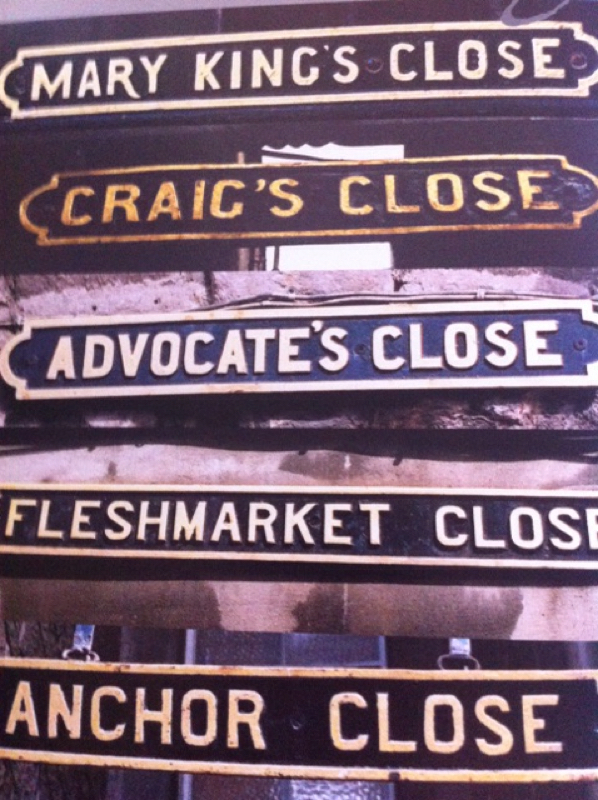
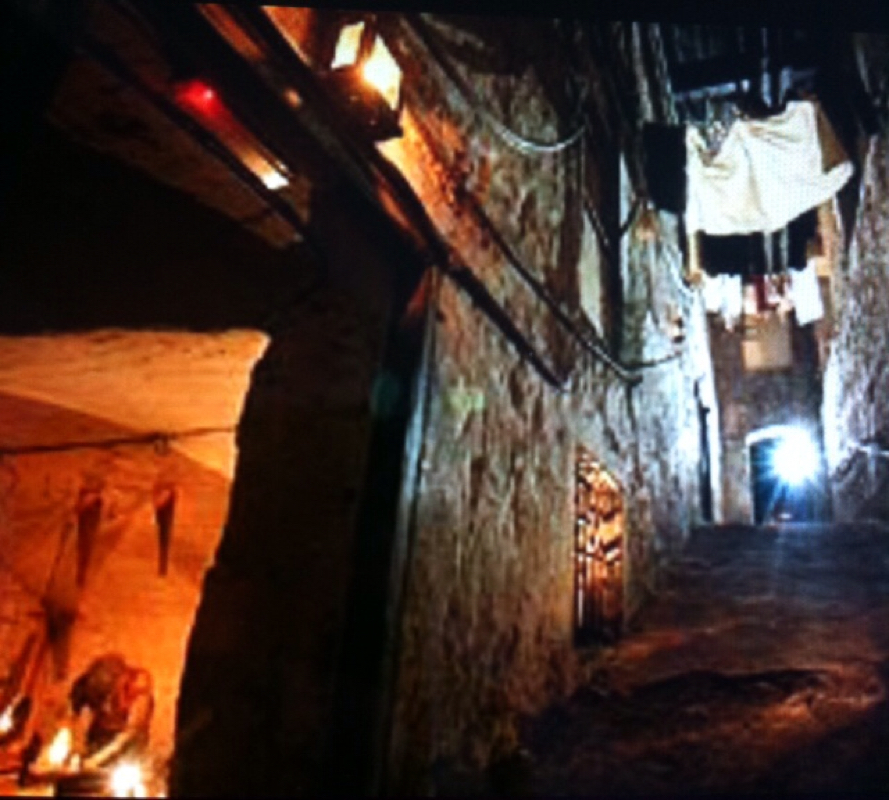
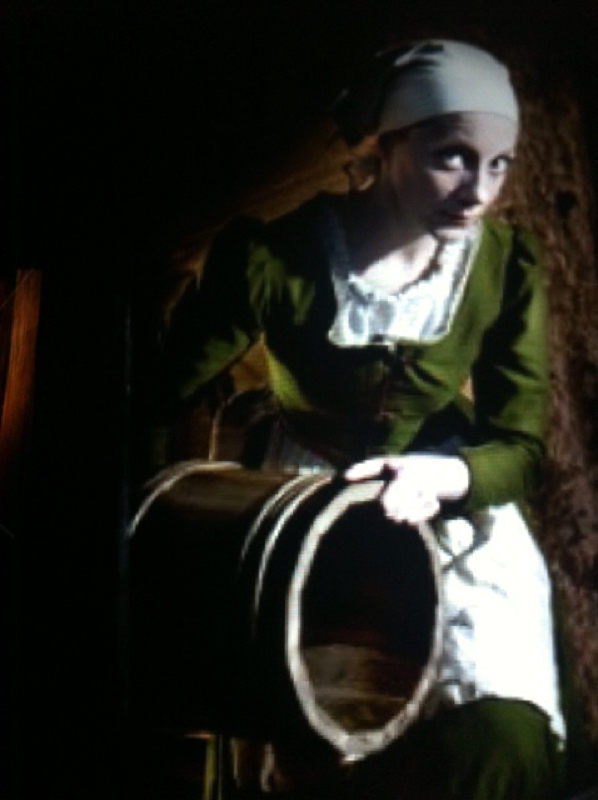
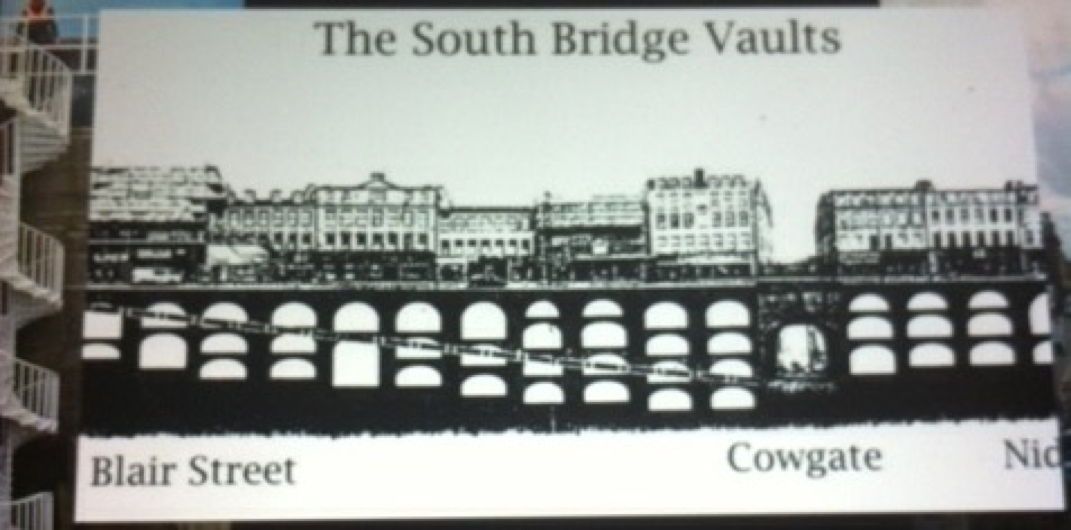
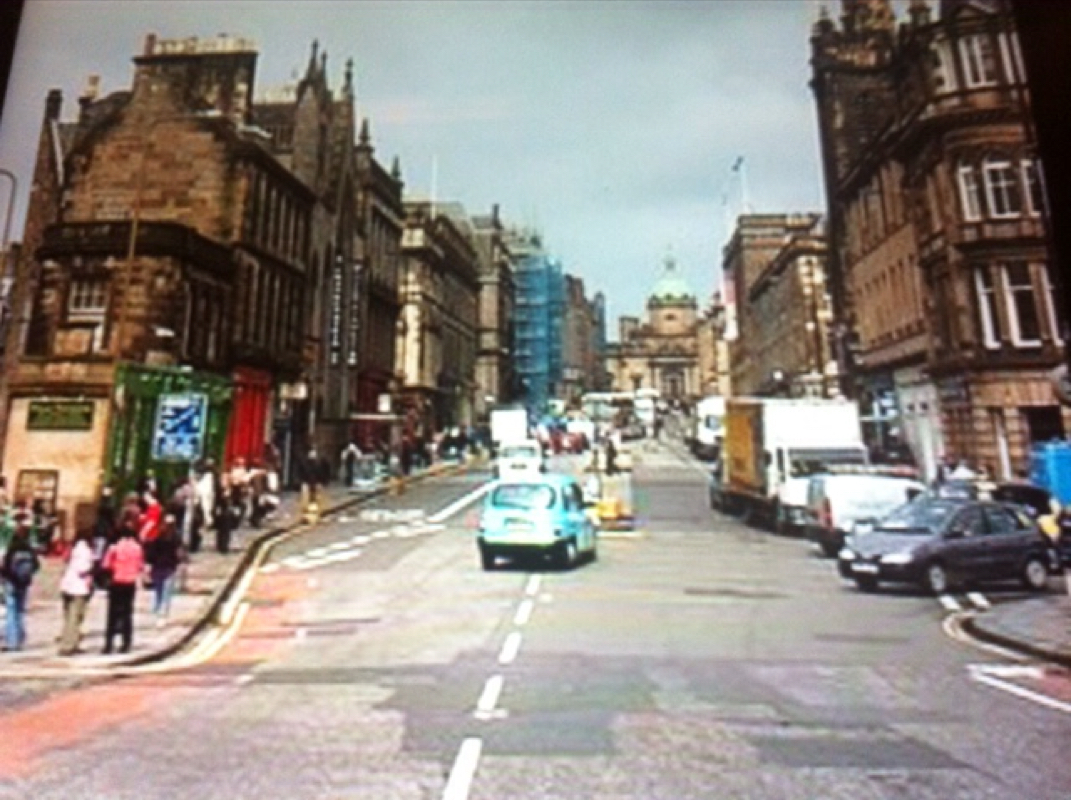
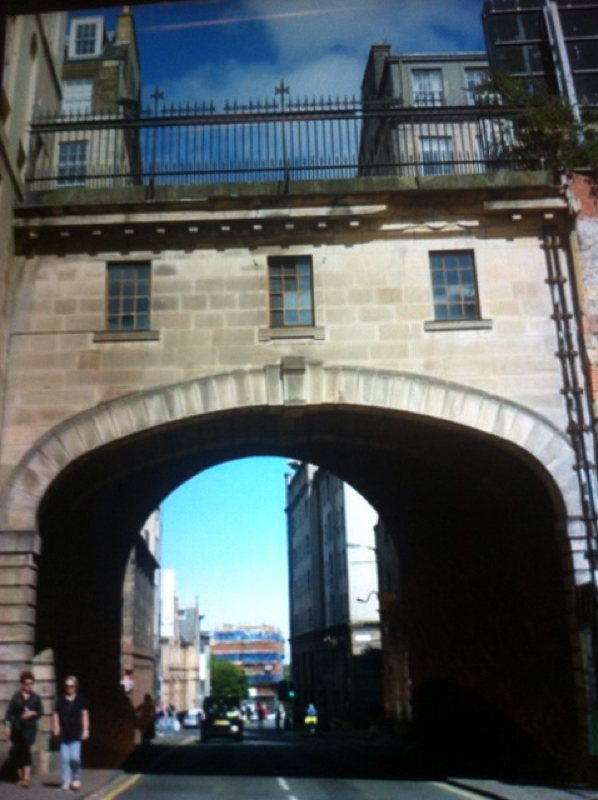
 RSS Feed
RSS Feed
